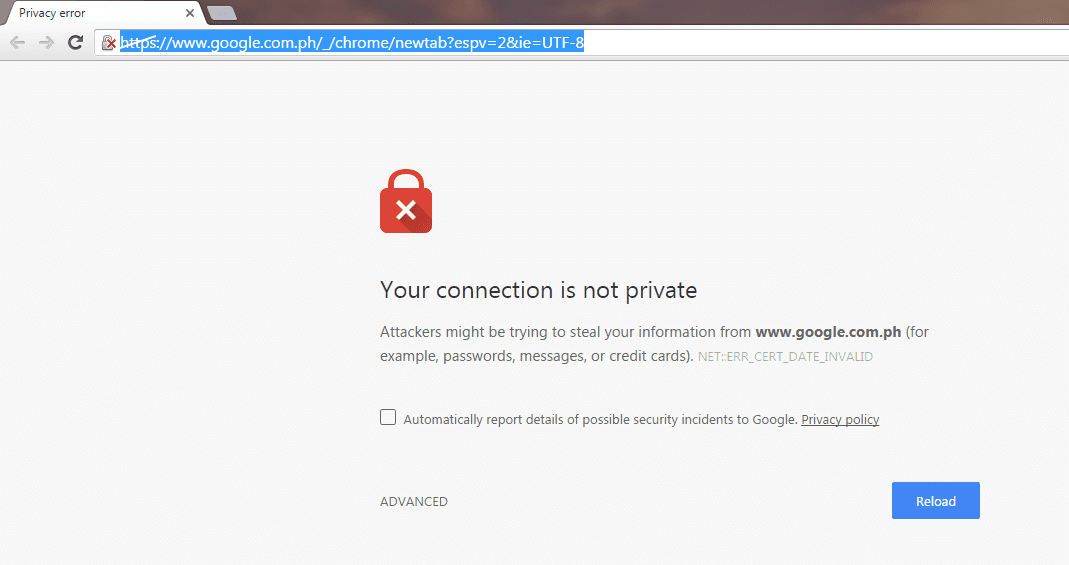
- #SSL CONNECTION TO SITEGROUND IN INTERARCHY HOW TO#
- #SSL CONNECTION TO SITEGROUND IN INTERARCHY FULL#
- #SSL CONNECTION TO SITEGROUND IN INTERARCHY CODE#
- #SSL CONNECTION TO SITEGROUND IN INTERARCHY FREE#
This is also the only caching layer that can be used with non-SiteGround hosted websites.
#SSL CONNECTION TO SITEGROUND IN INTERARCHY FULL#
I would lean towards FlyingProxy (integrates several Cloudflare Enterprise features including full page caching) or FlyingCDN (uses Bunn圜DN with Bunny Optimizer and geo-replication). Use SiteGround’s CDN if you want, but it only has 14 PoPs with lacking features and you have to use SiteGround’s DNS. You’ll also want to decide on a CDN and image optimization service.
#SSL CONNECTION TO SITEGROUND IN INTERARCHY FREE#
The last (cheapest but worst) option is to use SiteGround Optimizer with a bunch of free plugins to compensate for lacking features: Gijo’s plugins, Optimole, WP YouTube Lyte, Pre* Party Resource Hints, DeBloat for removing unused CSS, likely others. You can look at the Perfmatters settings and compare. The second option is using SiteGround Optimizer with Perfmatters which takes care of most lacking features in SiteGround Optimizer. The first option is to use SiteGround Optimizer only for caching (so you still get dynamic + memcached), then use FlyingPress or WP Rocket for everything else. It would probably look more like (3/3, 5/6, 1/3) with that setup, or even (3/3, 0/6, 0/3) if you decide to use SiteGround Optimizer strictly for caching and a different cache plugin for everything else. You don’t need to achieve perfect scores (3/3, 6/6, 3/3) mainly because you usually shouldn’t combine CSS/JS and may not end up using SiteGround Optimizer for image optimization (since it does a poor job compared to dedicated image optimization plugins and image CDNs).

The dashboard shows an overview of your SiteGround Optimizer settings and notifies you of WordPress updates. No helper plugins and their “speed tests” are often flawed or not documented.īelow are my recommended settings for SiteGround Optimizer, just don’t say I didn’t warn you. This plugin is no different if you check the support forums.įinally, a lot of documentation reads like sales copy and doesn’t actually explain how the feature works. SiteGround has a history of blaming other companies like when their DNS was blocked by Google, as well as denying issues like when Backlinko said their TTFB was slow. Which leads to reason 3: lack of accountability. For example, search their forums for “Elementor.” There are ongoing compatibility issues with Elementor, Divi, WooCommerce, and other themes/plugins. Or disable everything in SG Optimizer (except for the caching options) and use a different cache plugin for core web vitals.Ģnd reason: it’s not stable. This is why I recommend using Perfmatters on top of SiteGround Optimizer (which does almost all of these). For fonts, you can’t host them locally or use font-display: swap to fix the “ensure text remains visible during webfont load” PSI recommendation.
#SSL CONNECTION TO SITEGROUND IN INTERARCHY CODE#
For JavaScript, you can’t delay it which can lead to third-party code errors in PSI. For CSS, it doesn’t support critical CSS or removing unused CSS. For images, you can’t preload your LCP image (or any image), lazy load background images, serve smaller images to mobile, or add missing image dimensions to prevent layout shifts. It does a poor job addressing core web vitals.

You can use it for caching (with Cloudflare’s full page caching), but I would disable everything else and use a different cache plugin, or use Perfmatters on top of it.

#SSL CONNECTION TO SITEGROUND IN INTERARCHY HOW TO#
I’ll show you how to set up SiteGround Optimizer’s settings, just know it does a poor job with web vitals like LCP + CLS.


 0 kommentar(er)
0 kommentar(er)
